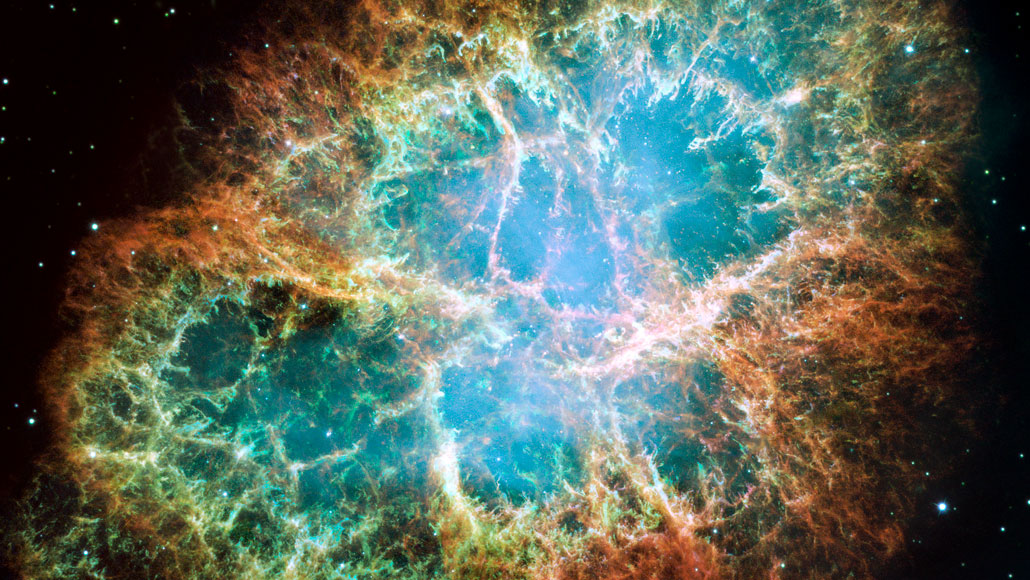
Supernovas like the one that formed the Crab Nebula (pictured) have long been thought to forge heavy elements. But a new study suggests that the bulk of those elements must come from other sources.
J. Hester and A. Loll/ASU, NASA, ESA

Supernovas like the one that formed the Crab Nebula (pictured) have long been thought to forge heavy elements. But a new study suggests that the bulk of those elements must come from other sources.
J. Hester and A. Loll/ASU, NASA, ESA